Do you suspect that your car might have a broken axle, and you want to learn more about its symptoms? You’ve come to the right place, for we have researched this question, and we have the answer for you.
Here are the common symptoms of a broken axle:
- Wheels are unresponsive and will no longer rotate
- Weak response to acceleration
- You notice a sputtering or clunking sound under the car2
- The wheels are wobbling, and there is a noticeable vibration while your car is moving
- You experience some braking issues
- There is an oil leak coming from under the car
We will talk about these symptoms in detail in the succeeding sections. Also, learn how these symptoms are connected to a broken or damaged axle in the sections below. Read on!
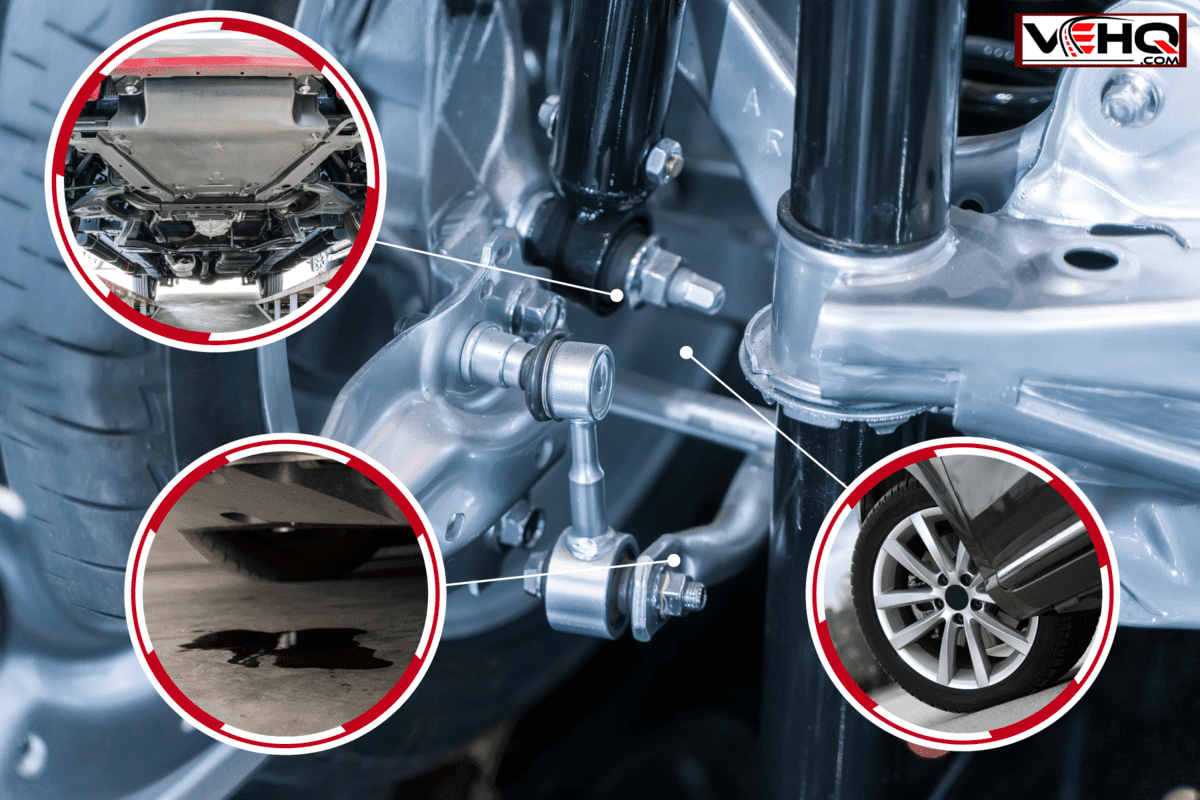
How long can I drive with a broken axle?
You can no longer drive your car with a broken axle. A broken axle causes steering instability, and this can lead to an accident.
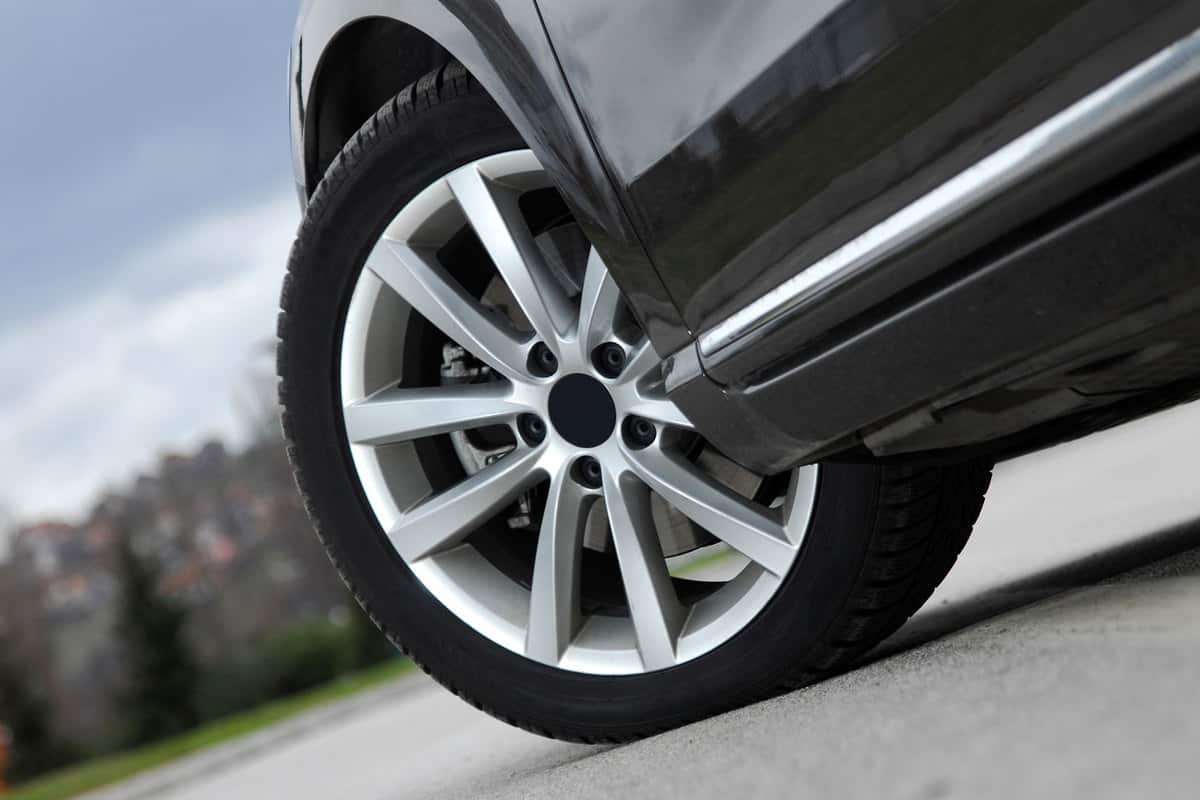
Some modern cars have two axles in front. Do not drive your car even though only one of the two axles is broken or damaged. Forcing to drive a car with a broken axle can lead to a car crash or an accident.
Bring your car to a service center and have the axle replaced—not repaired—then have it aligned. You can consider a broken axel for any of the following symptoms we've discussed in detail below:
Wheels are unresponsive
This is the best sign that your car has a broken axle.
The primary purpose of the axle is to rotate the wheel using the force that comes from the engine. Therefore, a broken axle will no longer be able to take the force that comes from the combustion inside the engine and use that force to move the wheel.
In this situation, you will be able to shift your vehicle to drive (if you’re using an automatic transmission) but get only the sound of your revving engine without any movement from the wheels. Similarly, you will be able to shift into first gear (in a car with manual transmission) and get the sound of an engine responding to your foot pressing the accelerator, but your car isn’t moving forward.
Unfortunately, the only thing you can do is have your vehicle towed and brought to a transmission or axle repair shop to get your axle repaired or replaced.
Your car needs a lot of power to move a little
As we mentioned earlier, car axles transmit the force generated by the car’s engines to the wheels. Although there is lost energy during this transmission of force, a majority of the force from the engine should get to the wheels.
However, a damaged axle will give you problems during acceleration. You will notice that your car is not as responsive as before whenever you’re stepping on the gas pedal to accelerate.
A weak response to acceleration is not always caused by a bad axle. Nonetheless, a weak acceleration response combined with one of the other symptoms below points to a damaged axle.
If you get this symptom, it is best to have your car checked immediately for axle problems. Any of the other causes of unresponsive acceleration should also be a cause for alarm.
Sputtering or clunking noise under the car
If you recently hit a nasty pothole, the edge of the pothole might’ve bent your axle. This is a possibility if you hear grinding or bumping noise while you’re driving.
A bent axle will start to rub, grind, or bump against other components under your car. This could be where the noise is coming from.
If you’re experiencing this kind of noise and you’re getting a weak response from your wheels, then it is a good idea to set aside some time to bring your car to a professional mechanic who can check and fix a possible axle problem.
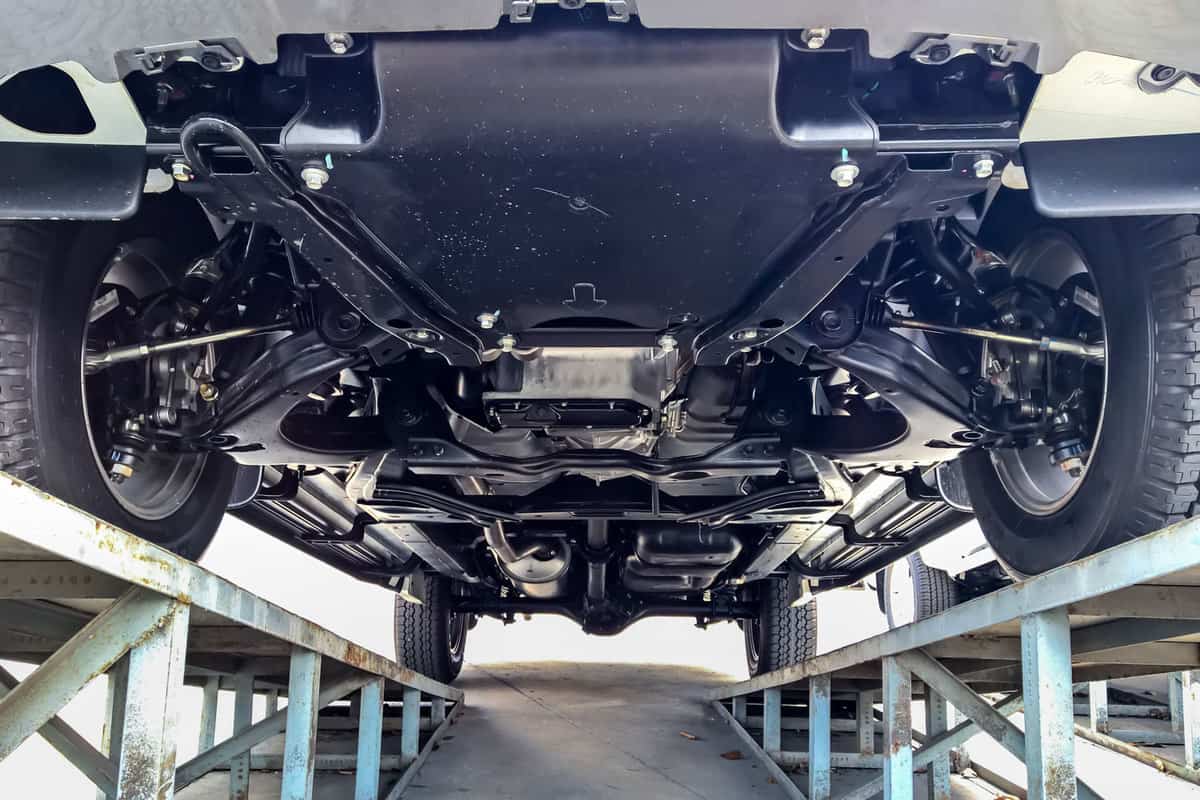
A damaged axle can cause your tires to wobble. This can be accompanied by difficulty or sluggish steering. A bent axle can cause misalignment in your tires, and misaligned tires can make steering difficult.
This is another sign that you have a bent or a damaged axle.
Have a professional mechanic check your car—particularly the axle. Difficulty in steering can lead to an accident. Thus, never put off getting this issue checked once you experience it.
Braking issues
A bent axle can cause your brake pads to become misaligned. The brake pads can shift away from their normal location if the wheels and rotors become misaligned.
You will notice difficulties in braking, and your vehicle will often slip or skid to a stop. This problem can get worse until the brakes no longer function.
Therefore, bring your car to a shop the first time you experience any issues with the braking system. Failing to do so can lead to a serious accident.
Oil leaks from under the car
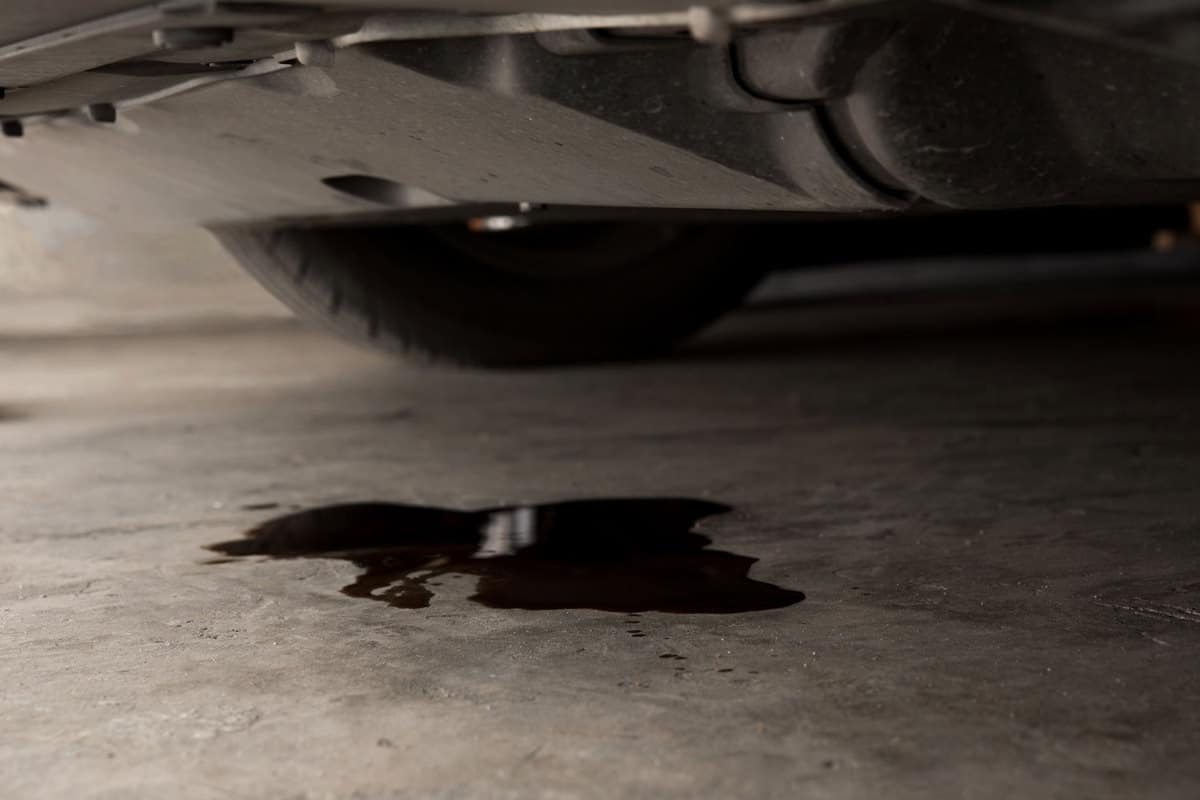
An oil leak under your car doesn’t immediately mean that you have a broken axle. However, it does mean that there is a problem with a component of the axle or drivetrain—like the CV boot.
A CV boot is what gives the drive axle joint the flexibility that it needs to move vertically with the suspension and to move horizontally with the steering wheel.
A leak could come from the CV joint. An exposed CV joint will let sand, dirt, water, and small rocks inside. This will lead to rapid wear of the components of the joint.
Wearing the CV joints necessitates a replacement of the whole axle shaft assembly. This is more expensive than replacing the CV boot right away. So, it is always a good idea to have any oil leaks from under the car checked immediately.
The Flexx Boot FB3000 small shaft universal CV boot is available on Amazon. Check it out through this link.
How long does it take to fix a broken axle?
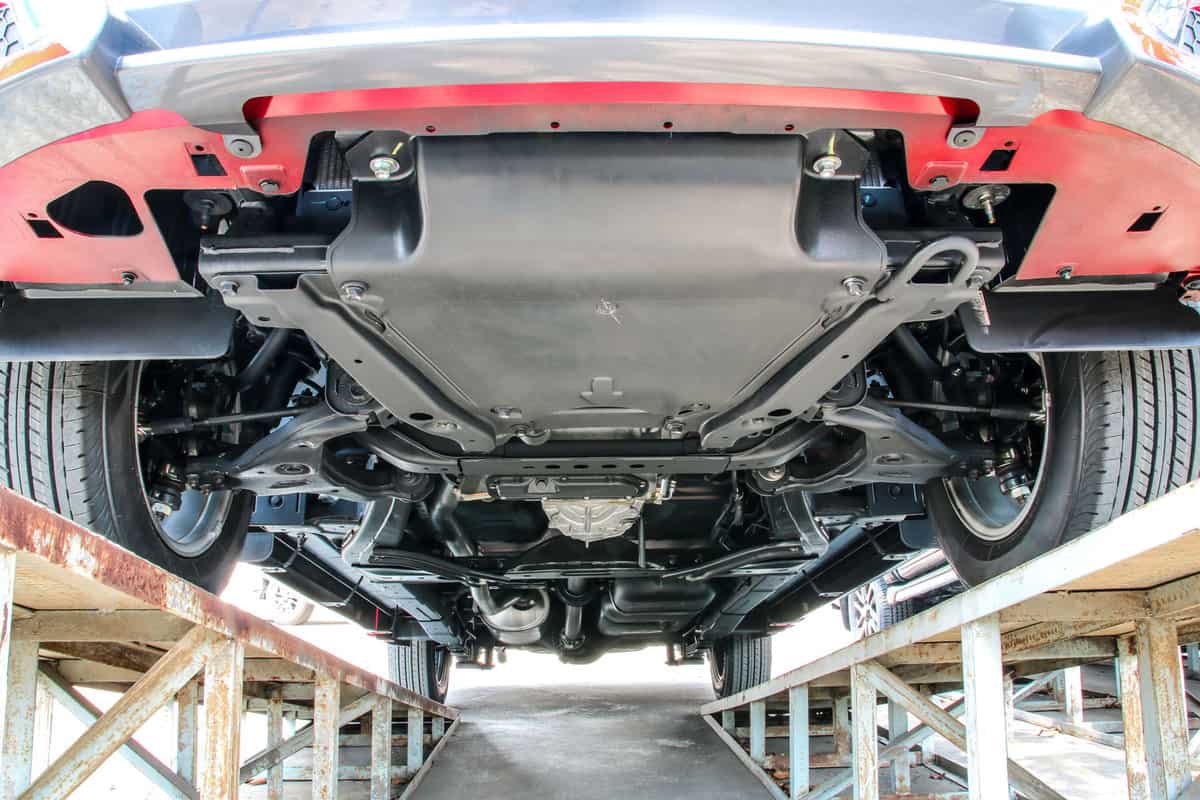
The length of time that you need to fix a broken axle on an older vehicle depends on the tools that you—or your mechanic—have. Fixing the axle can take 30 minutes to an hour with a complete set of tools and a replacement axle ready.
Most axles need to be ordered first. Waiting for the arrival of the axle can take anywhere from a few days to a couple of weeks.
Newer cars require twice as much time to replace the axle, even with a complete set of tools.
Welding the axle
Never weld a broken axle together. Welding weakens the steel. A welded axle will definitely break once more, and this can happen when you are miles away from the nearest mechanic. It is always a good idea to go for an axle replacement instead of welding it.
Can a broken axle damage the transmission?
The transmission is connected to the axle. A broken axle can lead to excessive vibration inside the transmission. This vibration leads to excessive wearing of the components of your transmission.
One of the parts of the transmission that can be immediately affected by the increased wearing is the seal. Once there is excessive wearing or damage to the seal, the transmission will start to leak.
A leak in the transmission can lead to problems with the transmission.
What causes a broken axle?
Here are the different causes of damaged or broken axles:
Worn shock absorbers
One of the most common causes of damage to the axle is worn shock absorbers. It is a shock absorber’s job to dampen the shocks that the car experiences whenever you drive over less-than-ideal roads.
If the shock absorbers are no longer able to absorb the kinetic energy coming from driving, then it will force the wheel and the axle to take most of the excess energy. Since the axle is not made to take the job of the shock absorber, this can lead to damage.
Overloading
Overloading your car can also lead to damaged axles. The weight of your car—plus any load that it carries—is supported by the axle and the wheels.
The axles for your front and rear wheels have a maximum load tolerance. If you often go over this maximum load, then your axles will start to bend and get damaged.
Hitting potholes or curb
Hitting a deep pothole or curb can damage your axle. The edge of the pothole or curb can slam on the axle and bend or damage it.
Damaged carrier bearing
A carrier bearing’s job is to make sure that the axles or the driveshaft are always in the right position. It is also responsible for reducing the vibrations caused by the movement of the driveshaft while transferring the energy from the engine to the wheels.
A worn-out carrier bearing will cause vibrations, whirling, or rumbling whenever your car accelerates.
Since the carrier bearing keeps the driveshaft and the axle in the right position relative to each other, a worn-out carrier bearing will cause a deviation in alignment or location of the axle or the driveshaft. This can cause unnecessary stress on the axle that can damage it.
The Anchor 6056 Driveline center support bearing is available on Amazon. Check it out through this link.
Conclusion
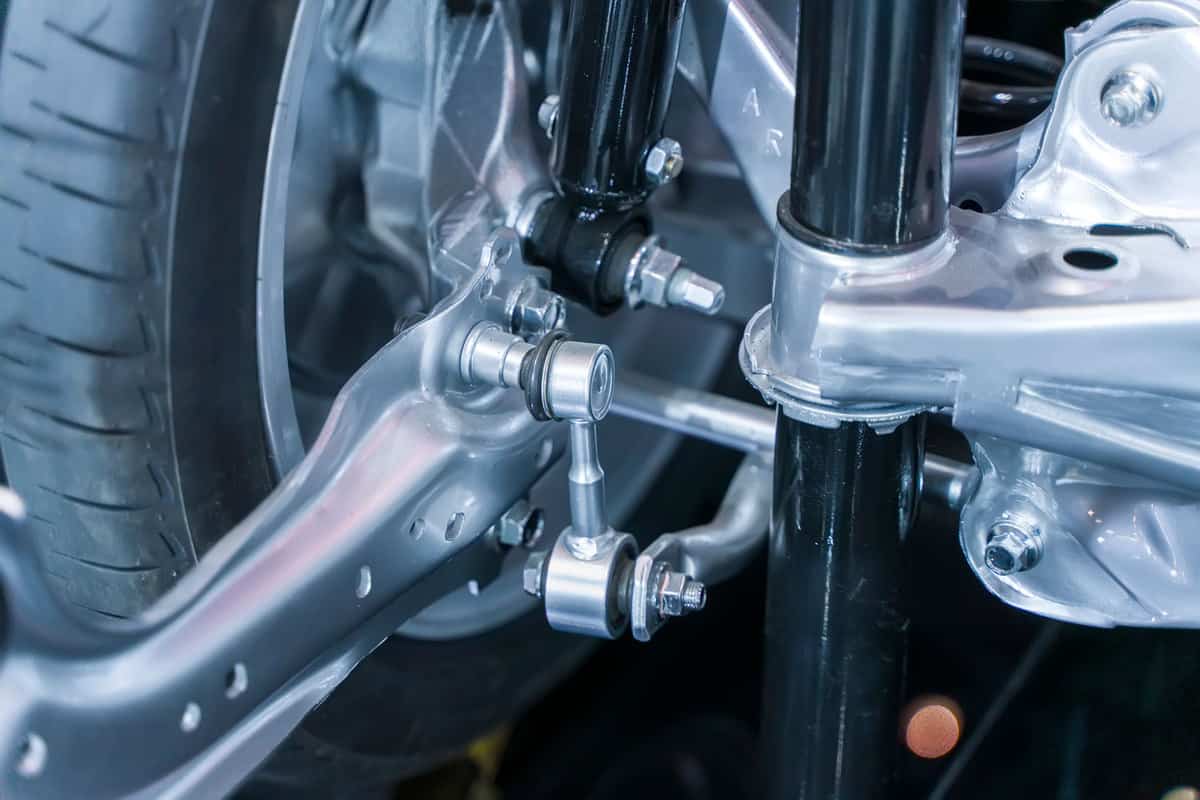
The symptoms of a broken axle are synonymous with a loss of control. A loss of control over the movement of the wheels, slowing down, speeding up, and even turning the car.
If you enjoyed reading this article, you might find the articles below equally enjoyable to read:
Scraping Noise From Wheel While Driving – What Does It Mean?


